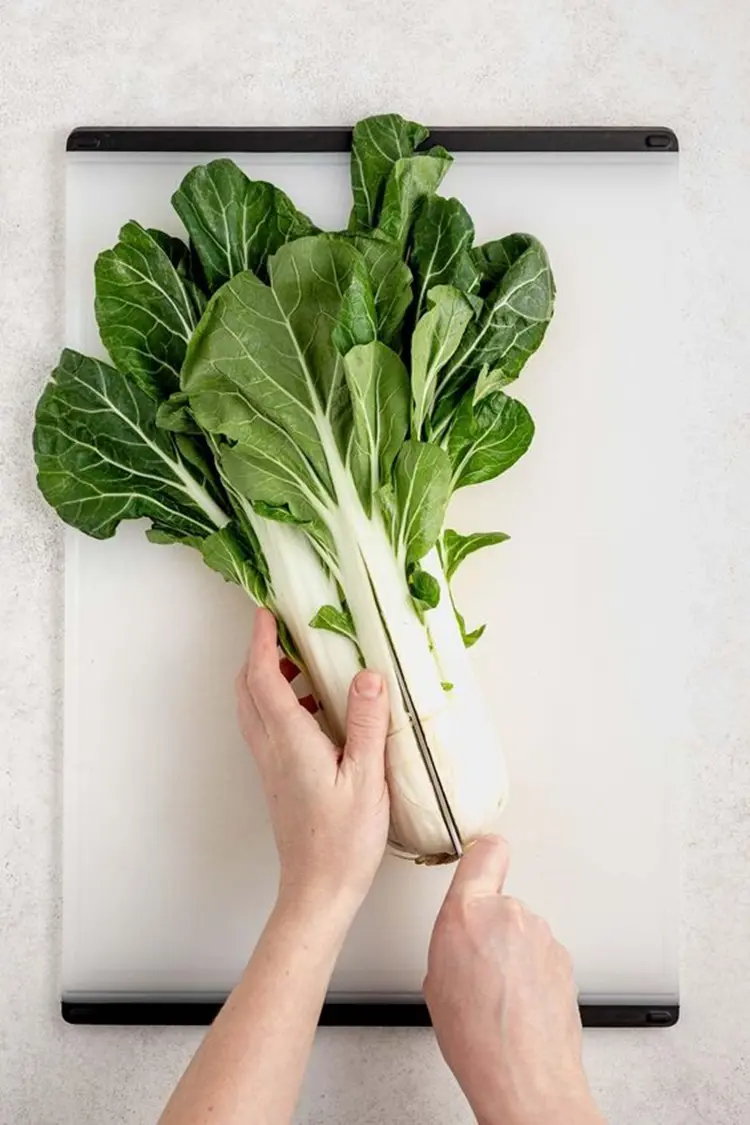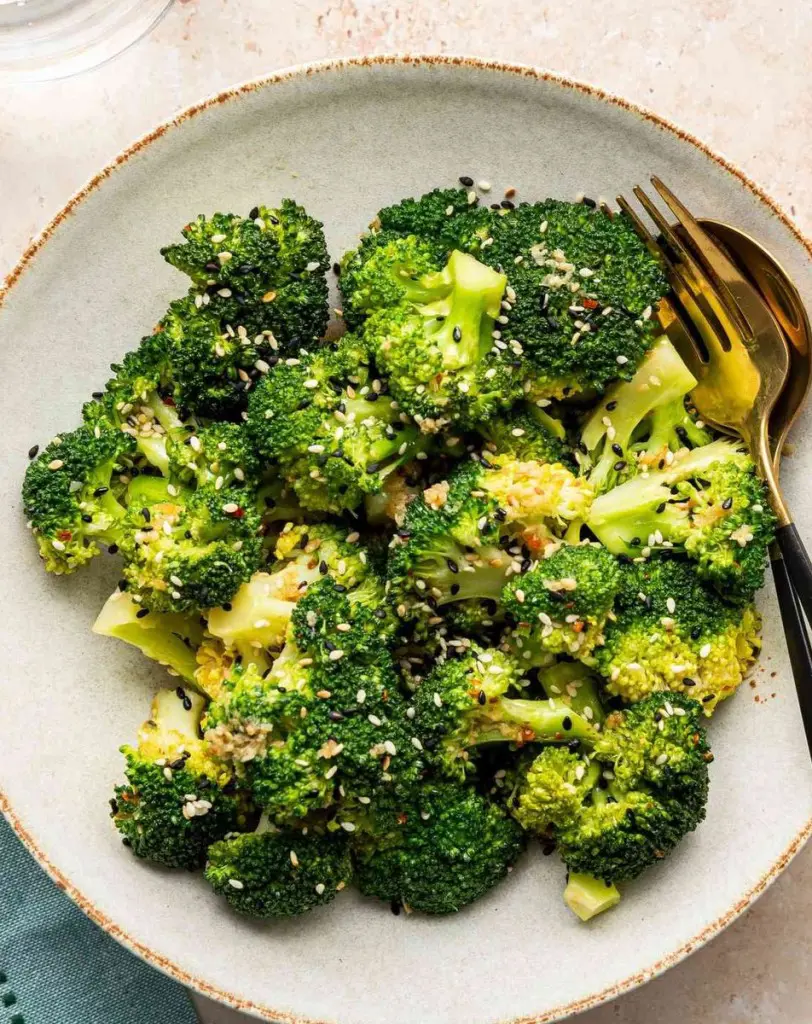How to Prepare to Cut Bok Choy
The best flavor, texture, and safety in your dishes can only be achieved through proper preparation of Bok choy before cutting. The proper techniques will enhance the freshness of the vegetable as well as make sure that you get more accurate cuts every time.
This goes beyond rinsing it quickly. Cleaning it thoroughly down to selecting the right tools are some of the preparatory methods that ensure that you have your Bok choy ready for any recipe from salad to soup to stir fry.
1. Rinse thoroughly
Cool running water should rinse the Bok choy, while gently taking apart its leaves to let any dirt or debris trapped in there be removed. Pay special attention to the base where such dirt often gathers. For additional cleanliness, you can soak it in lukewarm water for some time.

2. Dry completely
After washing, shake off extra water and use a clean kitchen towel or paper towels to pat the Bok choy dry. Ensuring that it is completely dry will help prevent slipping during cutting and when stir-frying, improve the chance of a better sear.

3. Trim the base
Use a sharp knife to remove about 1/4 inch from the base of the Bok choy. This will get rid of any tough or discolored parts. If using baby Bok choy, you may also skip this step if the base looks fresh and tender.
















